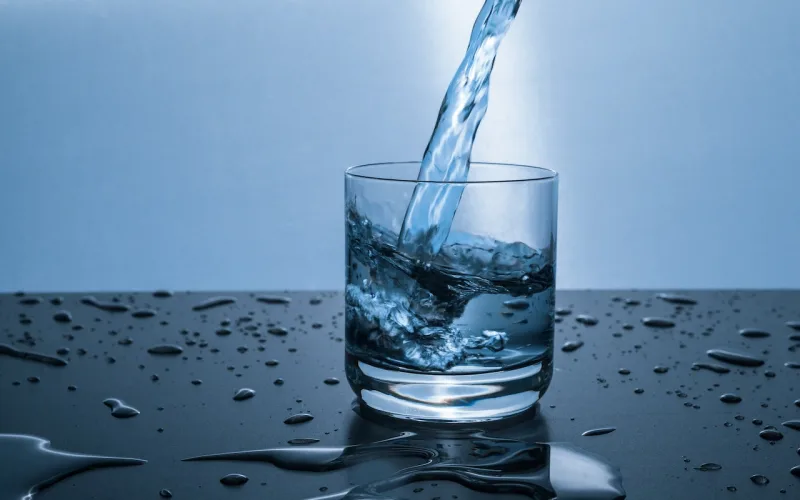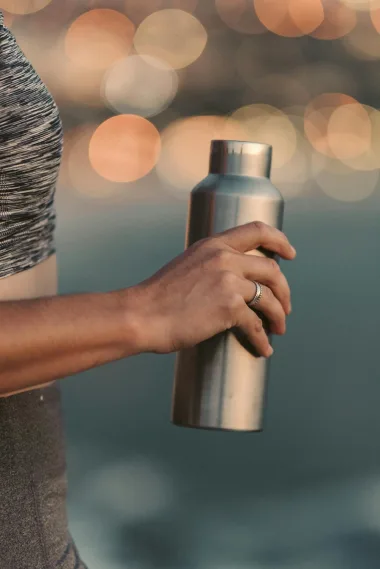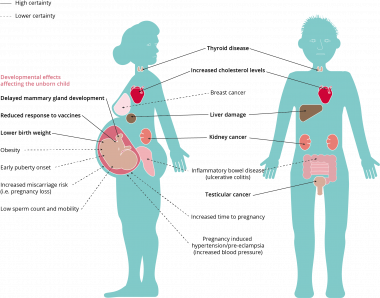Last Updated on April 30, 2024 by Ecologica Life
Say goodbye to the 2 litres or eight glasses of water a day. Scientists are now saying that this one-size-fits-all recommendation is redundant. A new study involving thousands of people reveals that not everybody needs the same amount of water. The report, published in Science, finally puts an end to the recurring belief in eight glasses a day.
The study measured the amount of water people consume daily – the turnover of water in and out of the body – and the main factors that drive it.
In this article, we will explore what the researchers found, and we will look at fluid loss, special considerations for different demographics, sources of water, and how water drinking habits affect the environment.
Table of Contents
Each Person Should Drink the Water They Need

The results of this study are not revolutionary in the sense that they are new. Rather, they tell us in more detail that there are a number of physical, atmospheric, and genetic conditions that make us drink more or less.
The study measured the water turnover of more than 5,600 people from 26 countries, ranging in age from 8 to 96, and found that there were daily averages ranging from 1 litre per day to 6 litres per day. “There are also outliers that bill up to 10 litres a day,” adds Schoeller, co-author of the study.
The new research objectively measured the time it took for water to circulate through the bodies of study participants by tracking the rotation of “labelled water”.
The study participants drank a measured amount of water containing traceable isotopes of hydrogen and oxygen. Isotopes are atoms of the same element that have slightly different atomic weights, making them distinguishable from other atoms of the same element in a sample.
The participants’ environmental characteristics, such as hometown temperature, humidity, and altitude, were compared with measurements of water turnover, energy expenditure, body mass, sex, age, and athletic status.
The researchers found that men’s water turnover peaked in men during their 20s. In women, it remained a plateau from their 20s to the age of 55. Newborns, however, are the ones that replenish the most water every day, replacing about 28% of their body water.
Exercise is One of The Key Factors

Physical activity and sports status explain most of the differences in water turnover, followed by gender, Human Development Index (HDI) and age.
Under the same conditions, men and women differ by about half a litre in water replacement. As a baseline, the study results predict that a 20-year-old non-athletic (but averagely active) man weighing 70 kilos, living at sea level in a developed country with an average air temperature of 10 degrees Celsius and a relative humidity of 50%, will take in and lose about 3.2 litres of water per day. A woman of the same age and activity level, weighing 60 kilos and living in the same place, would use 2.7 litres.
The researchers found that if a person’s energy expenditure doubled, their daily water consumption would increase by about one litre. An extra 50 kilos of body weight adds 0.7 litres per day. A 50% increase in humidity increases water consumption by 0.3 litres. Athletes use about one litre more than non-athletes.
Double energy expenditure means an extra litre of water per day.
The researchers found that “hunter-gatherers, mixed farmers, and subsistence farmers” had higher water turnover than people living in industrialised countries. In short, the lower your country’s HDI, the more water you are likely to use per day.
Farmers and ranchers in developing countries are the ones who use the most water per day.
“That’s representing the combination of several factors,” Schoeller says. “Those people in low HDI countries are more likely to live in areas with higher average temperatures, more likely to be performing physical labour, and less likely to be inside in a climate-controlled building during the day. That, plus being less likely to have access to a sip of clean water whenever they need it, makes their water turnover higher.”
Understanding Drinking Water Requirements is Vital
“Determining how much water humans consume is of increasing importance because of population growth and growing climate change,” says Yamada, one of the 90 researchers involved in the study. “Because water turnover is related to other important indicators of health, like physical activity and body fat percent, it has potential as a biomarker for metabolic health.”
Fluid Loss
The body loses fluid every day through sweat, urine, breathing, and other bodily functions. To compensate for this loss, it’s often recommended to drink a lot of water. While the old rule of drinking two litres of water a day was a general guideline, individual needs vary based on several factors such as activity level, climate, and health status.
Special Considerations for Different Demographic Groups
Older adults often have a reduced sense of thirst, which can lead to inadequate hydration if not managed carefully. However, older individuals may need slightly lower water intake needs than younger adults, especially if they lead sedentary lifestyles.
Those who are pregnant or breastfeeding have increased fluid needs to support foetal development and milk production.
Adequate hydration is even more important for people who are prone to kidney stones. Drinking plenty of fluids helps to dilute the substances in the urine that lead to stone formation. The type of water is also important to consider for these people. Hard water is high in dissolved minerals, especially calcium and magnesium. Frequent consumption of hard water may not be appropriate for these individuals.
It is important for these groups to monitor their hydration more closely and adjust their intake accordingly.
Sources of Water
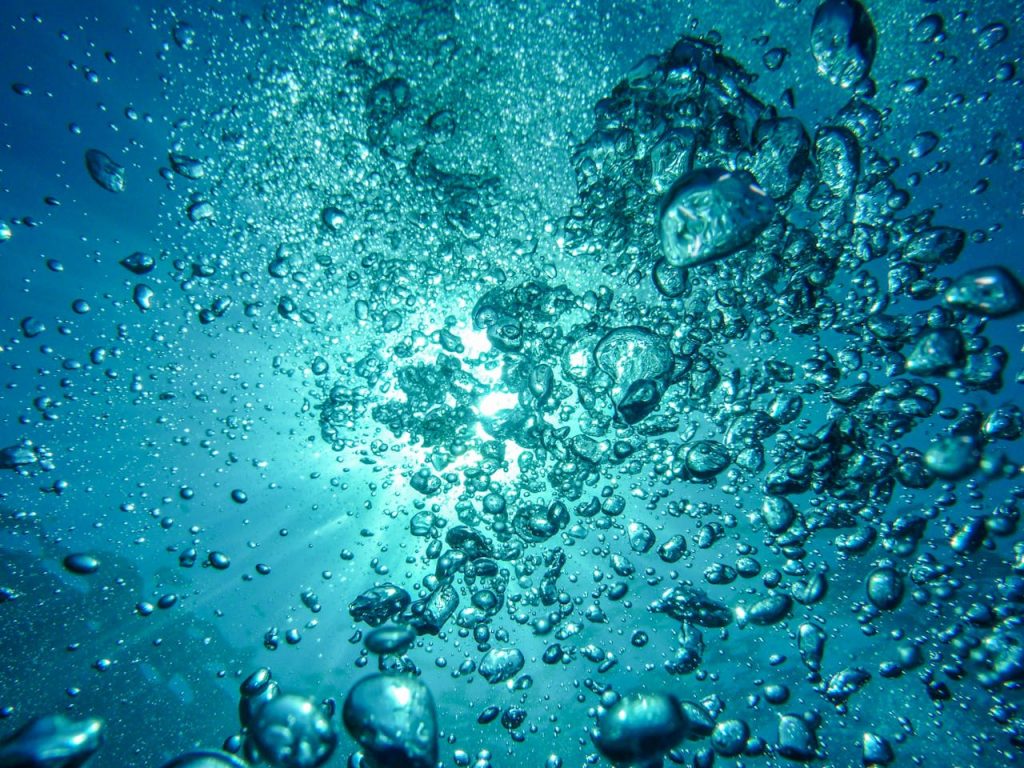
While we often think of hydration as something that comes from a bottle or tap, our bodies get water from a variety of sources.
Understanding these sources can help us better manage our daily water intake needs and appreciate the many ways in which our bodies maintain water balance.
Drinking Water

This is the most direct and obvious source of fluid intake. It includes water from the tap, bottles, or water filtration systems.
Tap water is a sustainable choice and often contains minerals that are beneficial for health. Bottled water, while convenient, can have a significant environmental impact due to plastic waste.
Other Drinks

All beverages contribute to our hydration. This includes tea, coffee, juices, and even soft drinks.
While it’s a myth that caffeinated drinks such as coffee and tea are dehydrating, they shouldn’t make up the majority of your fluid intake due to their other components, such as sugar and caffeine, which, like anything else, can have health implications if consumed in excess.
Sugary drinks, while appealing, can contribute to health problems such as obesity and type 2 diabetes. They should be consumed in moderation.
Food
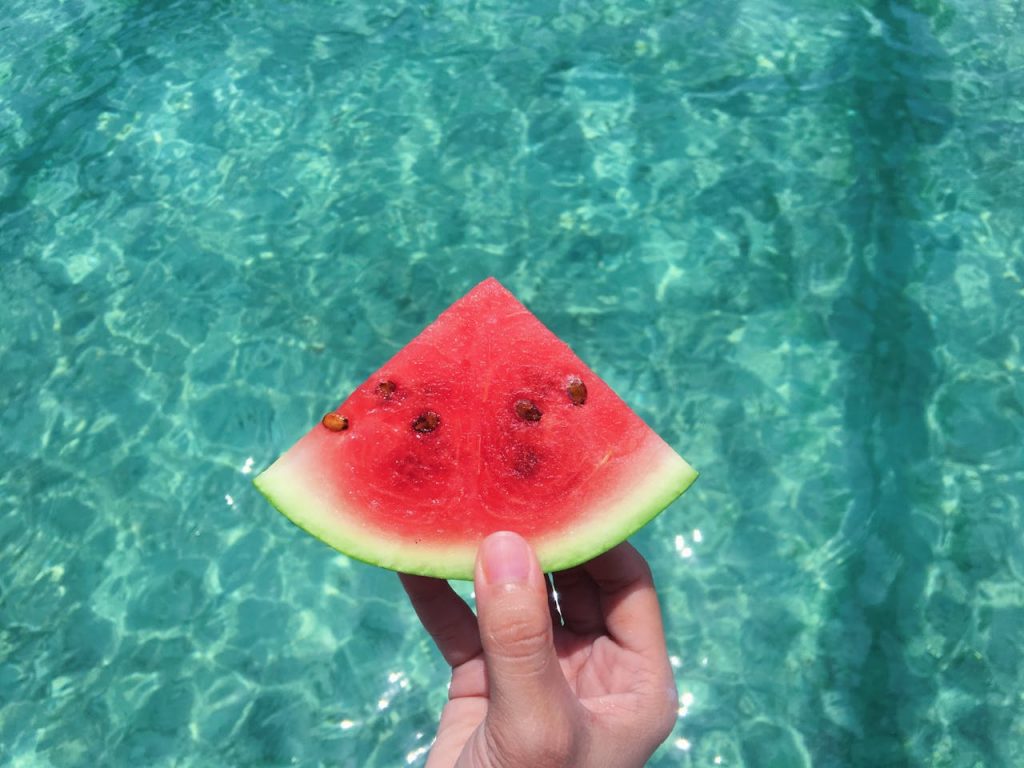
A significant proportion of our daily water intake comes from our food. Fruits and vegetables have a particularly high water content.
For example, watermelon and cucumbers contain over 90% water. Soups and broths are also excellent sources of hydration, especially in places where access to clean drinking water is limited.
Metabolic Water
A lesser-known source of water is metabolic water, which is water produced internally through the metabolic breakdown of food.
Some organisms are highly dependent on metabolic water for survival, particularly xerocoles – animals adapted to desert environments. These species often rely entirely on metabolic water, managing to thrive in arid conditions where external water sources are scarce.
Similarly, migratory birds rely solely on metabolic water during their long, non-stop flights.

In contrast, humans derive a relatively small proportion of their water needs from metabolic processes, with only about 8-10% of our hydration coming from water produced internally during the metabolism of food.
How My Drinking Habits Affect the Environment

As you can see from this article, everyone’s daily water needs are different. Depending on who you are, where you are and what you are doing. It is therefore important that you drink the amount of water you feel you need, not too much and not too little. Listen to your body, it will let you know.
As far as the environment is concerned, drinking tap water is much better for the environment than bottled water. According to scientists, bottled water is apparently 3500 times worse for the environment than tap water. So consider drinking tap water whenever possible.
If you want to know how to save water. Read our tips on saving water. Don’t forget to stay hydrated!
What did you think of this article? Leave us a suggestion
